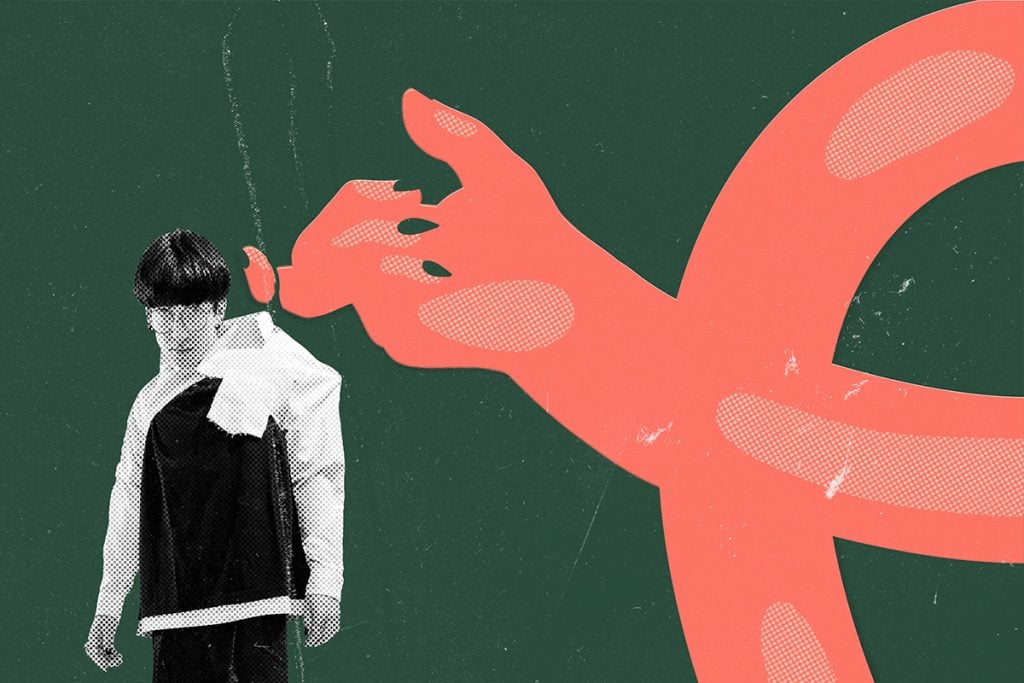
Most brands know that they need to stand out, but when it comes time to execute, many take the safe route. They compete with the market, instead of trying to break out ahead of the curve. But differentiation is one of the most important elements of a successful brand. If you aren’t different, you are dying. To stand out in the sea of sameness, you must differentiate your brand through a seamless choreography of messaging, branding, product offerings, and communications.
It’s Not What You Do. It’s How and Why.
Brand differentiation is less about what you do, and more about how and why you do it. Your purpose, passions, values, and brand story are a great place to start when setting yourself apart. Craft brewers, specialty shops, businesses with a point of view – these new brands are making gains on major businesses of the past. Their unique product or niche service is a differentiator in itself, but it is their mission and their values (the how and the why) that grab the customer’s attention, build loyalty and drive success.
Different never stands still.
Differentiation is not a one-time exercise. It’s a continuous process that ebbs and flows with the changing landscape of your industry, the changing needs of your clients, and the growth of your brand. Differentiation is more than a competitive advantage; it’s a series of consistent actions and intentional decisions. Real or perceived differences, even slight, help buyers decide which brands to engage with. To continuously engage your consumer, you must continuously speak to their shifting wants, needs, and desires.
Make a promise that is relevant and measurable.
To differentiate yourself in a meaningful way, your brand promise must be relevant and measurable. Being different for the sake of being different will not move the needle. Does your difference benefit your customer? Are you breaking industry rules in an effort to remedy consumer pain points? Relevance matters. Differentiation often begins with listening.
From there, it benefits your brand to strive toward measurable success. Differentiating yourself with promises of “excellence” or other intangible qualities is a goal without a finish line. Instead, paint a picture of what this success looks like for your customers. Help them envision how your brand will create a positive difference in their lives. Create a finish line that you can approach together.
Good [Brand] Design is 99% Invisible.
Richard Buckminster Fuller was a visionary American architect who said, “99% of who you are is invisible and untouchable.” From here springs an important theory of design: good design is so good that you hardly notice the scaffolding. You experience the sum total. Your enjoyment comes from the seamless experience. This is true of good branding. Differentiation requires a well-orchestrated dance of messaging, branding, product and communications, with each element setting you apart from the crowd, while always feeling part of a cohesive message that is authentic to your brand. Differentiation should flow authentically from every touchpoint.
Remember The Organic Fruit Sticker.
In saturated markets, where many brands are competing for the same customers, you can find yourself in a race towards the bottom. Prices are slashed, quality drops, and we are flooded with sameness. But will people pay higher prices for true brand differentiation? If you’ve clearly outlined the value created by your differences, they sure will. When consumers buy organic produce or opt out of fast-fashion, they are choosing integrity, quality, and transparency over cost. Differentiation is about creating value beyond the price tag.
Be authentic and follow-through.
Robust differentiation is key to a successful brand, but differentiation can look like many things to different brands. You can stand out by introducing new products to the market, or you can hone in on excellence, elevating an essential or ordinary item to new heights. You can differentiate yourself through a unique message, that brings a new conversation to an old arena. You can find your voice through a unique purpose that resonates with your audience and propels their values forward. You can play to humble beginnings, convenience, hybrid products, or distinctive packaging. The paths to difference are endless. So where does a brand begin?
At the end of the day, the two most important guardrails in the process of differentiation are authenticity and follow-through. What is different about your brand must also be authentic: baked into your DNA. How will your customer recognize this authenticity? If you follow through. Consistency proves authenticity.
If you want to create an enduring brand, differentiation matters. Successful differentiation, however, always requires relevance, authenticity, and follow-through.
See Also:

